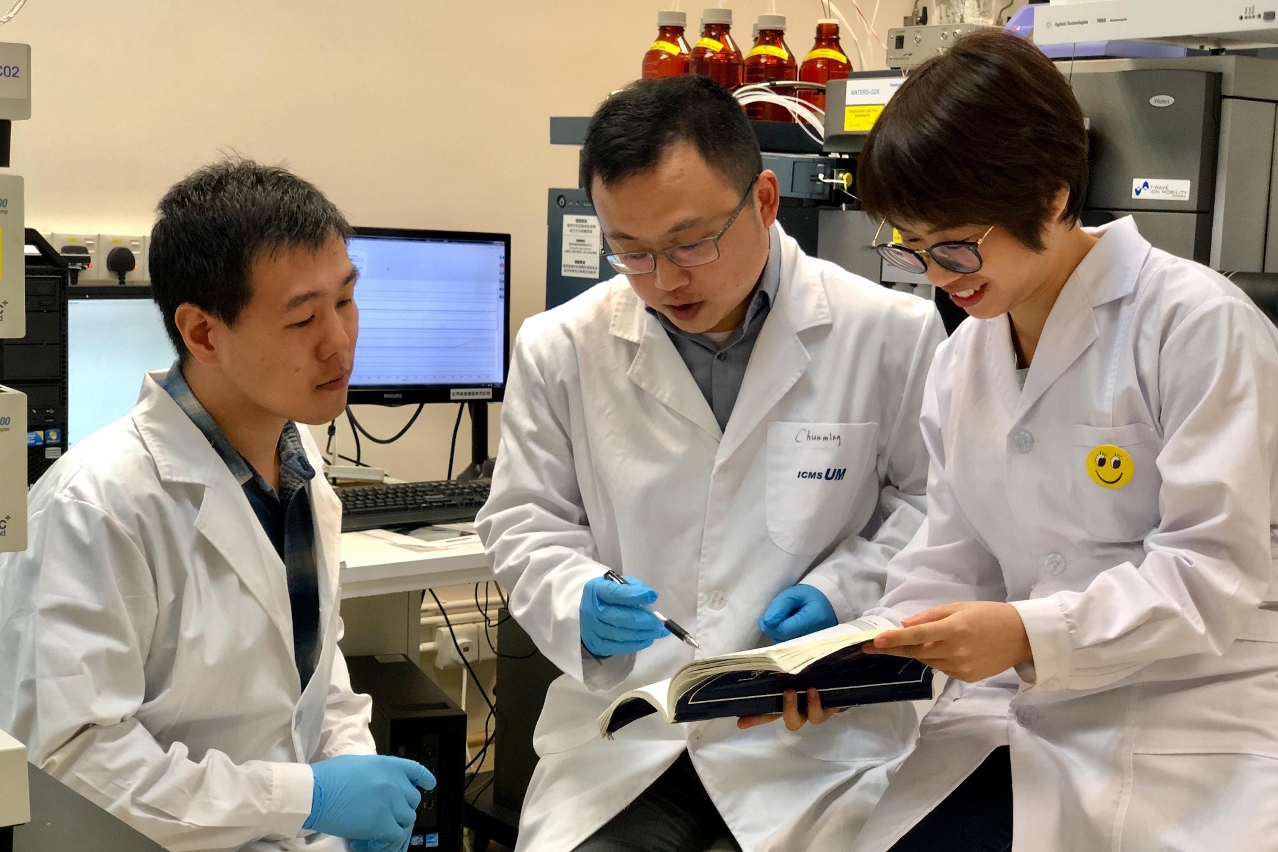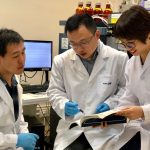 A latest study by UM researchers helps stimulate bone tissue repair
A latest study by UM researchers helps stimulate bone tissue repair
A group of researchers from the University of Macau (UM) has discovered the secret of tissue regeneration from a beautiful orchid. The team uncovered a way to stimulate tissue regeneration by injecting a liquid form of bioactive polysaccharides (polymeric carbohydrate molecules) isolated from the plant Bletilla striata (commonly known as the Chinese ground orchid). When injected into the sites with bone defects, the Bletilla striata polysaccharides (BSP) liquid can stimulate the growth of new tissues to repair bone defects. The related findings from a five-year study have been partly published in prestigious international journals Biomaterials and Advanced Functional Materials, with a further report on its underlying chemical mechanism having been ‘in principle’ accepted by Nature Communications
The research study is headed by Prof Wang Chunming in the Institute of Chinese Medical Sciences. According to Prof Wang, ageing changes occur in all tissues and organs, including bone tissues, as people age. In fact, osteoporosis is one of the biggest public health threats. While there are artificial materials designed to replace defective bone tissues, they are inert materials instead of active organs. Therefore, they can only provide structural support but cannot restore the patient’s quality of life. Prof Wang’s research group spent four years screening 21 kinds of Chinese medicinal herbs and finally found one type of bioactive glucomannan polysaccharides in the plant Bletilla striata. This polysaccharide can stimulate the growth of bone cells by activating cytokines, which are proteins produced by the cells.
Prof Wang explains: ‘BSP issue instructions to the immune system to send signals to awaken the bone cells and order the cells to “run” to the sites with bone defects. When injected into the physiological environment of the human body, the BSP liquid takes only ten seconds to solidify into a solid that looks like a bunch of noodles. In fact, BSP can take any shape. When viewed under a microscope, it displays a beautiful microporous structure, almost identical to the structure of human bones. This means that the cells and the nutritional factors can “run” freely inside it.’
Prof Wang’s team is the first in the world to successfully develop a new type of tissue substitute based on bioactive factors isolated from a Chinese medicinal herb. The bioactive polysaccharides not only can stimulate tissue regeneration; they eventually can become part of the bone. The team has completed laboratory trials and are now exploring the possibility of pre-clinical studies in collaboration with physicians.


